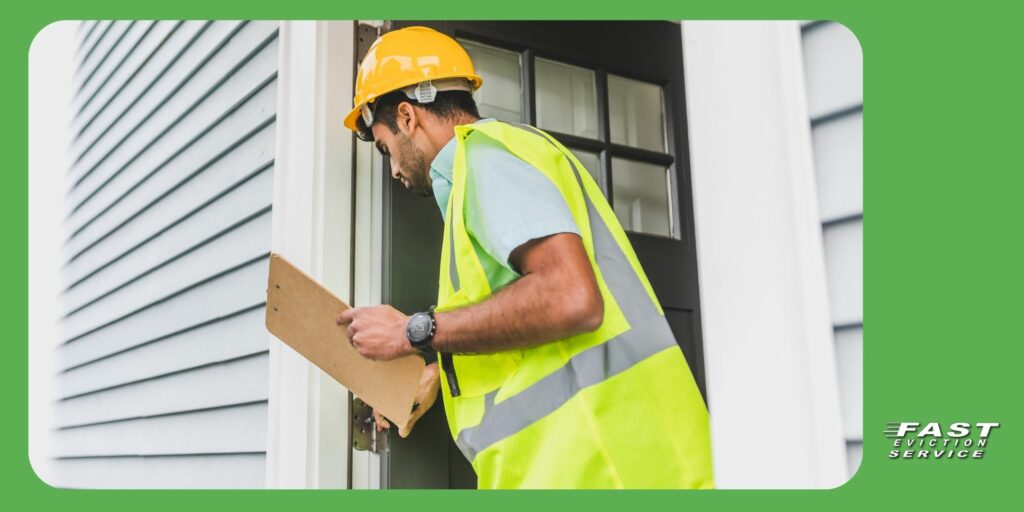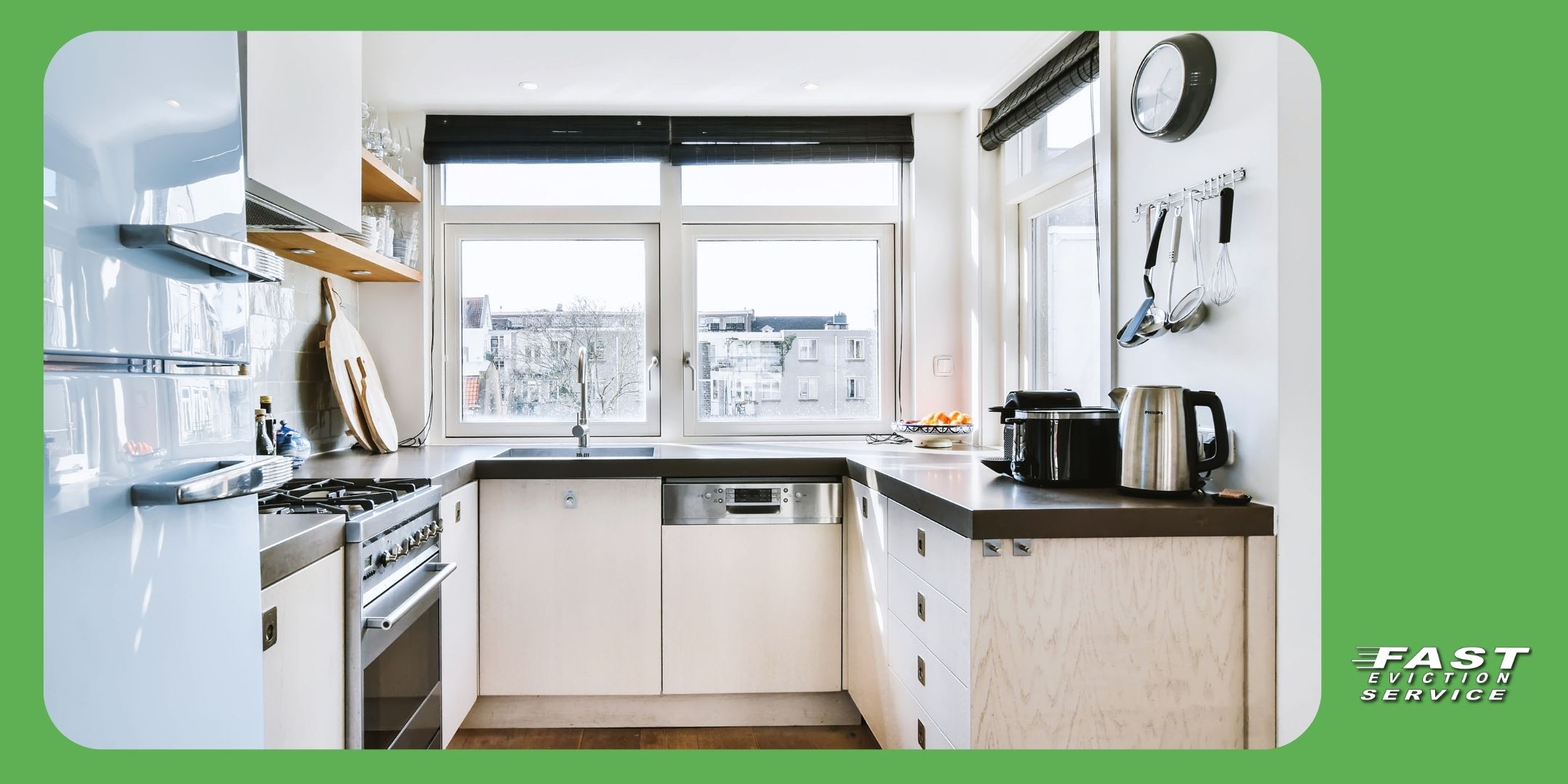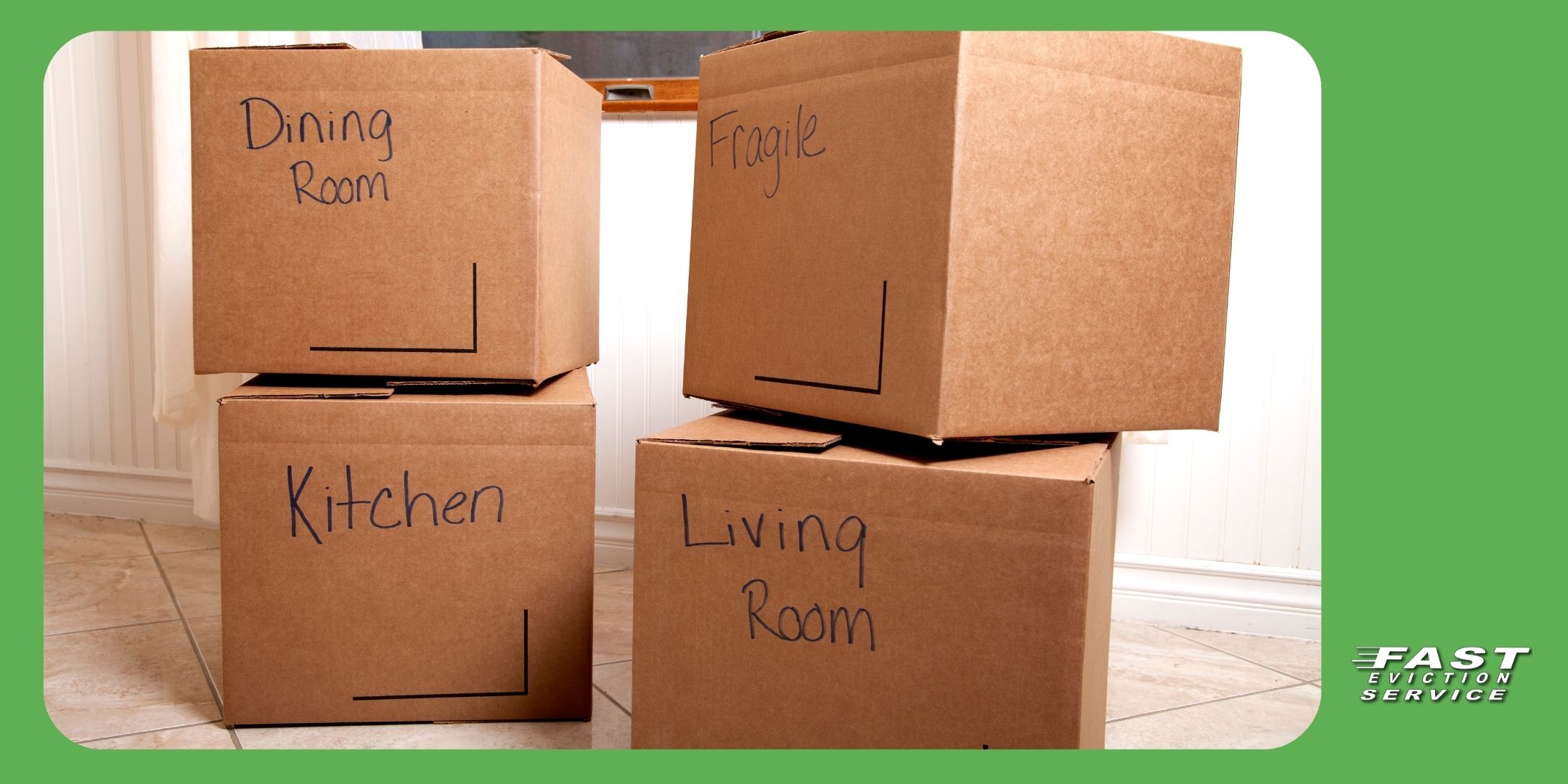Landlords and property managers need to comply with reasonable and necessary safety regulations to protect their tenants. The safety requirements below ensure your residential rental property is up to par.
The residential landlord’s duty is to care for and maintain a rented property is part of the warranty of habitability implied when they enter into a rental or lease agreement with a tenant. The habitability warranty ensures the landlord will make their rental units fit for human occupancy, or habitable, prior to and during the tenancy. Any unsafe or unsanitary condition arising during the tenancy which threatens the unit’s habitability is to be corrected by the landlord when noticed. [Hinson v. Delis (1972) 26 CA3d 62; Calif. Civil Code §1941]

Residential rental units are in a habitable condition when they meet the minimum safety and sanitation levels — typically, the local standard building and housing codes. [Calif. Code of Civil Procedure §1174.2]
A residence in habitable condition contains functioning:
- weather and waterproofing on windows and doors;
- plumbing and gas utilities;
- running water with both hot and cold temperatures;
- heating;
- electrical lighting; and
- floors, stairways and railings, when necessary. [CC §1941.1]
However, many other factors affect whether a residence is in habitable condition. Read on to review the specific tasks landlords undertake to keep their property in habitable condition.
Major and minor repairs
The rental or lease agreement a landlord and tenant enter into before the tenant occupies the property obligates the landlord to correct minor conditions requiring repair or replacement. [See RPI Form 550 §5.8]
By agreement, the tenant is to notify the landlord of any defects which arise during the tenancy and need repair. [See RPI Form 550 §6]
The landlord makes the requested repairs in a timely fashion. A reasonable time period for the tenant to wait before acting on the repairs themselves is 30 days after giving notice to the landlord of the need for repairs. [CC §1942(b)]
If the landlord does not make the reported repairs in a timely manner, the tenant may make the repairs themselves. The costs the tenant incurs to make the repairs are recovered as a deduction from their monthly rent payment, a process called the repair-and-deduct remedy. However, when the tenant exercises this remedy, the costs deducted may not exceed the amount of one monthly rent payment. Also, the repair-and-deduct remedy may only be exercised twice in a 12-month period. [CC §1942(a)]
Alternatively, when a tenant complains of a major defect rendering the unit uninhabitable, the tenant may refuse to pay rent until the landlord makes the necessary repairs. When the landlord breaches the warranty of habitability, the tenant need only pay a reasonable rent amount, equal to the value of the premises until the condition is fixed. [Hinson, supra]
On-site security precautions
To keep tenants and visitors safe from harm, a residential landlord’s duty includes the use of ordinary care in managing the condition of their property. [CC §1714(a)]
The landlord’s duty to prevent harm exists only on their property and within their control; off-site safety hazards are not the landlord’s responsibility. [Rosenbaum v. Security Pacific Corporation (1996) 43 CA4th 1084]
The landlord’s responsibility to tenants and visitors is to prevent foreseeable harm by taking safety precautions. An unsafe condition is reasonably foreseeable when:
- prior occurrences exist (such as assault or robbery due to unsafe conditions);
- the unit lacks ordinary security installments, such as adequate door locks; or
- housing and building codes indicate specific measures to be taken by the landlord.
When a reasonably foreseeable danger exists and a tenant or visitor is injured on the premises, the landlord is liable for the resulting injuries due to their failure to install or provide appropriate security measures. However, the definition of “reasonably foreseeable” is fluid and decided by courts on a case-by-case basis.
Reasonable foresee-ability
The definition of a “reasonably foreseeable” danger is fluid and decided by courts on a case-by-case basis.
Consider a landlord who operates a residential rental property with a swimming pool. The pool complied with safety standards existing at the time the landlord acquired the property 25 years ago. As such, the door to the pool area does not have a self-closing safety mechanism.
A guest visiting a tenant leaves the door to the pool open, and the guest’s grandchild falls into the pool and drowns.
Here, the landlord is liable for the grandchild’s death. Although the pool complied with safety standards when the landlord acquired the property, the possibility of a child falling into an unguarded pool is a reasonably foreseeable safety hazard. Thus, the landlord’s failure to install safety mechanisms around the pool to restrict access constitutes neglect. [Johnson v. Prasad (2014) 224 CA4th 74]
On the other hand, a landlord is not liable for injuries occurring on adjacent property. For example, a tenant injured on a public sidewalk commonly used for ingress and egress to the rental property cannot hold a landlord responsible for their injuries. [Donnell v. California Western School of Law (1988) 200 CA3d 715]
Fire and emergency safety
A residential property’s compliance with local building codes and state regulations regarding fire safety and emergency precautions is part of the duty a landlord owes tenants and visitors.
For example, residential landlords install and maintain operable smoke detectors and carbon monoxide detectors in common areas and individual units. When a tenant takes possession, smoke detectors are to be operable. [Calif. Health and Safety Code §§13113.7, 13113.8, 17926]
Like other minor repairs, landlords are required to repair or replace smoke detectors upon written or oral notice from a tenant. However, when the landlord is unaware of an inadequate smoke detector or the tenant fails to notify the landlord of its defects, the landlord is not liable for safety hazards caused by its malfunction. [Heath & S C §13113.7(d)(2)]
On failure to comply with both local ordinances and state fire safety regulations, a landlord is subject to a $200 fine for each failed repair. [Health & S C §13113.7(e)]
Other fire safety precautions within the duty owed by a residential landlord include:
- posting and distributing emergency fire information to tenants;
- providing information on escape routes and emergency procedures; and
- installing exit signs in hallways and stairwells, and ensuring security bars on windows have escape mechanisms. [Health & S C §§13220; 13113.9(e)]
Pets and infestations
Monitoring dangerous pets, rodent and vermin infestations on their rental property is part of a landlord’s duty to maintain safe and habitable conditions.
When a landlord is aware of a tenant’s dangerous pet, like a vicious dog, the landlord is liable for any injuries resulting from the dog’s behavior on the property. The landlord is able to avoid the danger a dog presents by serving a notice to perform or quit on the tenant to remove the dog or vacate the unit. [Uccello v. Laudenslayer (1975) 44 CA3d 504]
However, a landlord is not liable for injuries on the property caused by dangerous pets not owned by tenants. For example, a resident of a property neighboring the landlord’s property brings a leashed dog onto the landlord’s premises. The landlord knows the neighbor’s dog is menacingly aggressive.
When a tenant’s child attempts to pet the neighbor’s dog, the dog attacks the child. The tenant claims the landlord is responsible for the child’s injuries since they failed to warn the tenants about the nature of the neighbor’s dog.
Here, the landlord is not liable for the child’s injuries. The neighbor’s dog is outside the landlord’s control and thus is an off-site condition out of the scope of the landlord’s responsibilities. [Wylie v. Gresch (1987) 191 CA3d 412]
Dangerous pets
A landlord is liable for any injuries resulting from a dangerous pet’s behavior on their property when they are aware of the pet’s nature and the pet’s presence is within their control.
Infestations, on the other hand, are usually within the landlord’s control. A residential unit needs to be substantially free of rodents and vermin to be considered habitable. [CC §1941.1(a)(6)]
Before a residential unit is considered uninhabitable due to an infestation, rats, mice or cockroaches have to be continuously present. [Green v. Superior Court of City and County of San Francisco (1974) 10 CA3d 616]
Tenant remedies for landlord failures
The repair-and-deduct remedy is not the only recourse a residential tenant has against a landlord who fails to maintain a unit in safe and sanitary condition. Tenants may also choose to:
- make repairs and sue the landlord for reimbursement of the costs incurred when the amount exceeds one month’s rent;
- vacate the premises through constructive eviction [CC §1942]; or
- when conditions make the unit uninhabitable, withhold rent until the landlord makes the necessary repairs. [Green, supra]
However, a tenant’s remedies for recovery and maintenance are only effective against the landlord when the tenant has not shirked their own duty to maintain their residence. A tenant is obligated to use ordinary care to maintain the condition of their rental unit. [CC §1929]
Editor’s note — The condition of premises addendum attached to the rental or lease agreement determines the standard, habitable condition of the unit when the tenant takes possession. [See RPI Form 560]
Ordinary care means the tenant needs to:
- clean and maintain the premises, excepting normal wear and tear;
- operate all utility fixtures properly;
- disallow visitors and guests from damaging the property;
- dispose of waste; and
- use the unit as it is intended to be used. [CC §1941.2]
Tenants exercising ordinary care are not responsible for defects in their unit. When a landlord fails to conduct repairs or improve the unit’s condition, the landlord breaches the warranty of habitability and subjects themselves to lost or reduced rent




